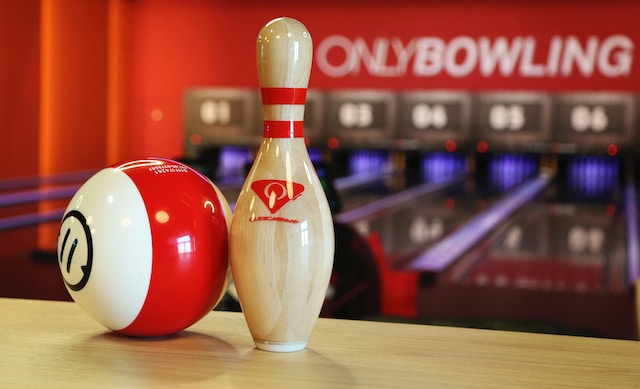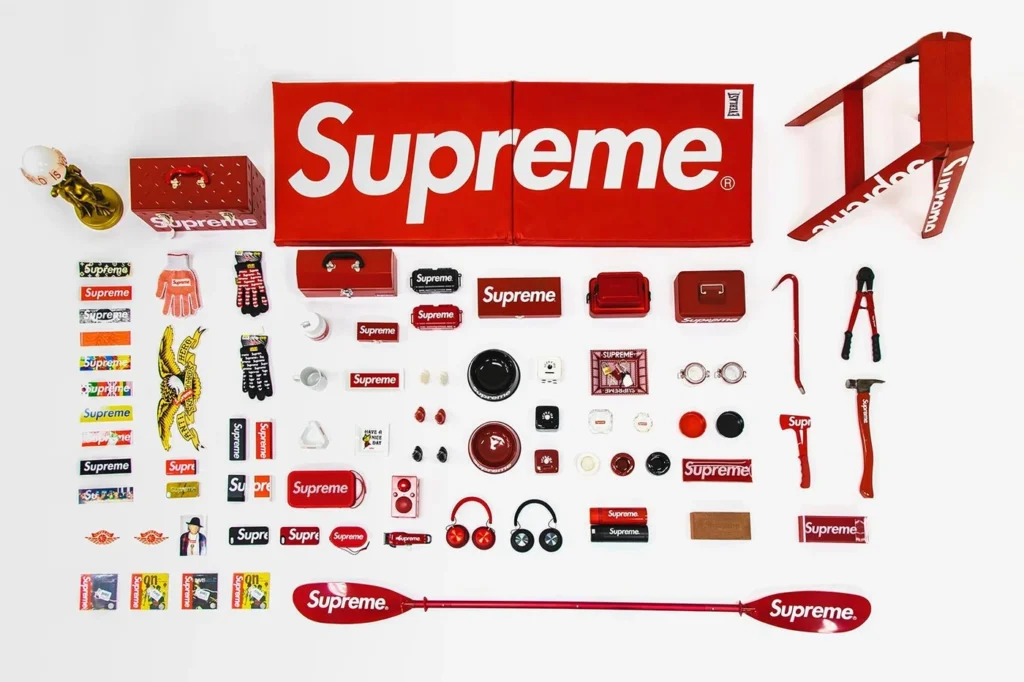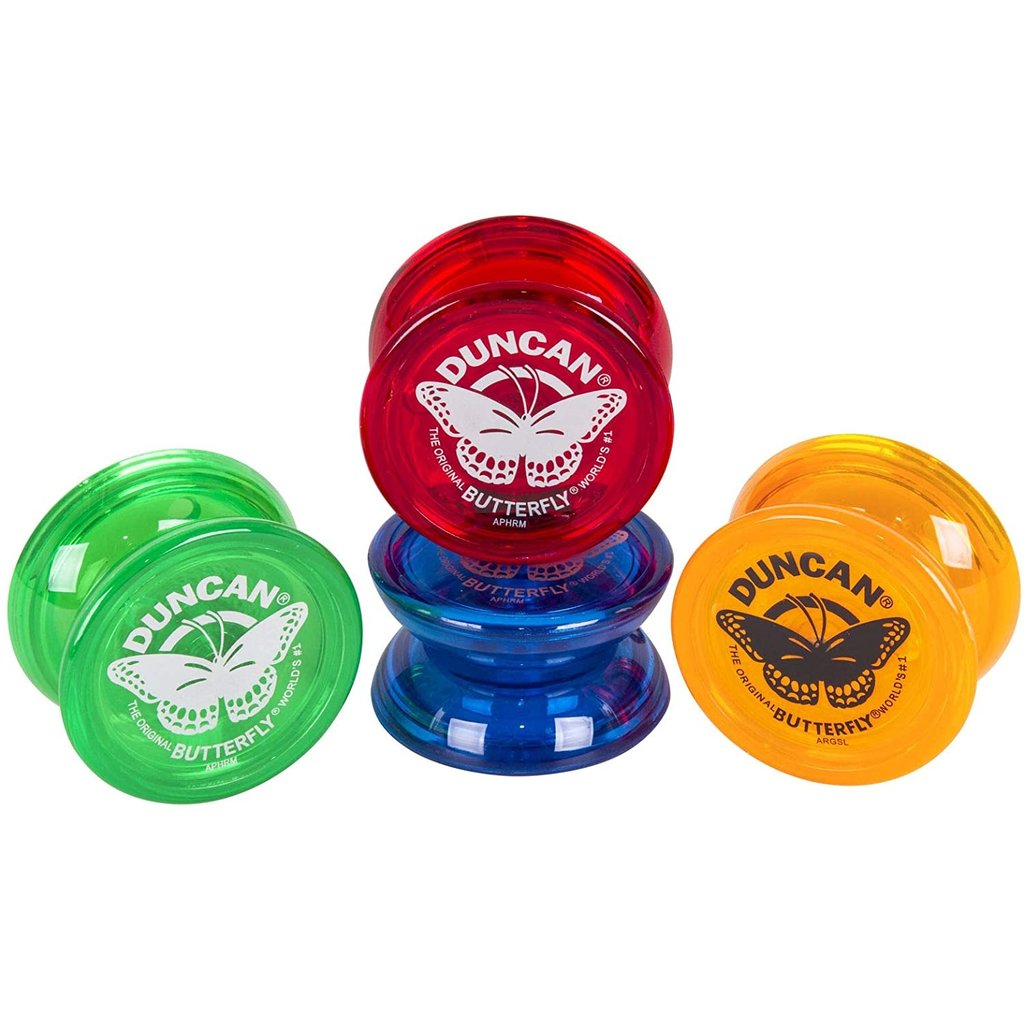Why Is Bowling So Expensive?
Bowling is an incredibly popular pastime that has been enjoyed by people for generations. However, many people are often surprised at just how expensive it can be to indulge in a game of bowling. From the cost of equipment to the price of food and drinks, many factors contribute to the overall expense of this beloved hobby.
One of the most significant expenses when it comes to bowling is the cost of equipment. Bowling shoes and balls can be quite expensive, with prices ranging from $50 to $200 for a good pair of shoes and up to $300 for a high-quality ball. This is why most bowling alleys offer rental equipment, which can be rented by the hour or per game. Shoe rentals typically cost between $3 and $5, while ball rentals can cost up to $10.
In addition to equipment, bowling alleys charge rental fees for the use of their lanes. The cost of bowling can vary depending on the location and time of day, but most bowling alleys charge between $4 and $8 per game per person. Some alleys also charge by the hour, which can be anywhere from $20 to $40 per hour. These fees can quickly add up, especially if you are bowling with a group or family.
Food and drinks are also a significant expense when it comes to bowling. Most bowling alleys have a range of food and drink options available, including snacks, soft drinks, and alcoholic beverages. However, these items can be quite expensive, with prices often higher than what you would pay at a regular restaurant or bar. It’s not uncommon to pay $10 or more for a single drink or snack at a bowling alley.
For those looking to save money on bowling, there are a few options available. Many bowling alleys offer discounts and promotions, such as reduced rates during off-peak hours or discounted rates for students and seniors. Some alleys also offer package deals that include shoe rentals and multiple games for a discounted price. Joining a bowling league can also be an excellent way to save money, as league members often receive discounted rates on equipment rentals and games.
Luxury bowling alleys have also become increasingly popular in recent years. These high-end venues offer top-of-the-line amenities, such as comfortable seating, state-of-the-art sound systems, and gourmet food and beverage options. However, the cost of bowling at these venues can be quite steep, with some charging up to $100 per hour for a lane rental. For those who enjoy the sport and are willing to pay for a premium experience, these luxury bowling alleys can be an exciting way to indulge in a favorite pastime.
Overall, the cost of bowling can vary greatly depending on a variety of factors. While it can be an expensive hobby, there are many ways to save money and still enjoy the sport. From joining a league to taking advantage of discounts and promotions, many strategies can help you keep the overall price of bowling affordable. With a little planning and research, anyone can enjoy the fun and excitement of bowling without breaking the bank.
Frequently Asked Questions
What are bowling balls made of?
Most bowling balls are made of a material called reactive resin, which is a composite material made up of resin and other additives. Reactive resin is popular because it provides an excellent combination of durability, grip, and control.
The resin used in bowling balls is usually a type of polyester, urethane, or reactive resin. Polyester is the least expensive and least effective of these materials. Urethane is a more durable material that provides a better grip and control over the ball. Reactive resin is the most expensive and advanced material used in bowling balls. It provides the most control, grip, and durability, making it the preferred choice for professional bowlers.
Bowling balls also have different weights, ranging from 6 to 16 pounds. The weight of a bowling ball is often determined by the player’s size, strength, and experience. More experienced players often prefer heavier balls because they can generate more power and control.
In addition to the materials used to make bowling balls, they also have a specific design and surface texture. The surface of the ball can be modified to provide more or less grip, which can affect the ball’s performance. Some balls have a smooth surface, while others have textured surfaces that allow for better grip and control.
Overall, the materials and design of a bowling ball are critical factors in its performance and can significantly impact a player’s game. Professional bowlers often spend a considerable amount of time and money selecting the perfect ball to suit their individual needs and preferences.
How to curve a bowling ball?
Curving a bowling ball is a technique that requires skill, practice, and the right equipment. Here are the basic steps to curve a bowling ball:
1. Select the Right Ball: The first step in curving a bowling ball is selecting the right ball. Most experienced bowlers prefer a ball that has a reactive resin coverstock because it provides more friction on the lane, allowing for better hook potential. Make sure the ball is also the right weight and has the right finger-hole spacing for your hand.
2. Find Your Starting Position: The starting position is critical for generating the right curve. Start with your dominant foot forward and your other foot behind you. Make sure your knees are slightly bent and your shoulders are square to the target.
3. Hold the Ball Correctly: Hold the ball with your dominant hand and place your fingers in the holes. Your wrist should be slightly bent and positioned in a way that will allow for a smooth release.
4. Take Your Steps: Take four or five steps toward the foul line, keeping your eyes fixed on your target. Use a smooth, consistent approach, and maintain your balance throughout the approach.
5. Begin Your Release: As you approach the foul line, start your release by rotating your wrist in a counterclockwise motion. This will cause the ball to spin and generate a curve.
6. Follow Through After you release the ball, follow through with your arm and let it swing naturally toward the target. Make sure your wrist remains in the same position until your arm is fully extended.
7. Practice: Curving a bowling ball takes practice, so don’t be discouraged if you don’t get it right the first time. Take your time, focus on your technique, and practice regularly to improve your curve and overall game.
In summary, curving a bowling ball involves selecting the right ball, finding the right starting position, holding the ball correctly, taking consistent steps, beginning the release with a counterclockwise wrist rotation, and following through with your arm. With practice and patience, you can master the art of curving a bowling ball and improve your game.
How long is a bowling lane?
A standard bowling lane is 60 feet long from the foul line to the headpin. The actual playable length of the lane is 41 feet, 10 3/16 inches, and includes the 31-inch-long approach area, where the bowler stands before releasing the ball. The remaining 39 feet of the lane is the lane proper, where the ball rolls toward the pins. The lane is also 42 inches wide. This standard length applies to most bowling alleys and tournaments, but some may vary slightly depending on the facility or type of competition being held.
How many pins are in the bowling?
There are ten pins in a standard game of bowling. The pins are arranged in a triangle formation with the headpin at the front of the formation, followed by two pins behind it, then three pins behind those two, then four pins behind those three. The pins are numbered from left to right, with the leftmost pin being number one and the rightmost pin being number ten. The objective of the game is to knock down as many pins as possible with each ball thrown, with a maximum of ten pins being knocked down per throw. A spare is awarded if all ten pins are knocked down within two throws of the ball, while a strike is awarded if all ten pins are knocked down with one throw of the ball. The player with the highest total pin count at the end of the game is declared the winner.
How to hold a bowling ball?
Holding a bowling ball correctly is important to ensure that you have a comfortable and secure grip on the ball when throwing it down the lane. Here are the steps to holding a bowling ball:
1. Choose the right ball weight: Pick a ball that is comfortable for you to hold and throw. The weight of the ball should not be too heavy or too light. A good rule of thumb is to choose a ball that is 10% of your body weight.
2. Insert your fingers: Insert your middle and ring fingers into the holes of the ball up to the second knuckle. Insert your thumb into the hole up to the first knuckle.
3. Grip the ball: Spread your fingers apart and grip the ball with the pads of your fingers, not the tips. Your wrist should be straight and your fingers should be relaxed. Avoid squeezing the ball too tightly, as this can cause your grip to slip during your swing.
4. Position the ball: Hold the ball in front of your body with your arm extended straight down. Your hand should be positioned slightly behind the ball’s center of gravity.
5. Stance: Stand with your feet shoulder-width apart and facing the pins. Your dominant foot should be slightly in front of your other foot. Bend your knees slightly and keep your body relaxed.
6. Swing the ball: Bring the ball back in a smooth, controlled motion with your arm and shoulder. Keep your wrist straight and your elbow close to your body. Swing the ball forward with a relaxed and smooth motion, releasing the ball when your arm is fully extended in front of your body.
Remember to practice your grip and swing to find the most comfortable and effective technique for your game. A good grip and comfortable swing can make a big difference in your performance on the lanes.
When was bowling invented?
The exact origins of bowling are not entirely clear, but it is believed that the sport originated in ancient civilizations in the Middle East around 5000 years ago. The game has evolved and has been played in various forms in different cultures throughout history.
The modern form of bowling that we know today originated in the United States during the late 19th century. The rules and standards of the game were established by the American Bowling Congress (now known as the United States Bowling Congress) in 1895.
However, variations of bowling were played in Europe for centuries before it was introduced to America. In England, a game called “ninepins” was popular, which involved knocking down nine pins with a ball. This game was eventually banned due to gambling and rowdiness. A similar game called “Skittles” was played in Europe, which involved knocking down pins with a ball on a flat surface.
The modern game of bowling, as we know it today, involves rolling a ball down a long lane to knock over ten pins arranged in a triangle at the end of the lane. The game has evolved with the introduction of new technology, such as automatic pinsetters and computerized scoring systems, but the basic principles of the game have remained the same since its inception.
How to throw a bowling ball?
Throwing a bowling ball may seem simple, but several techniques can improve your accuracy and power. Here’s a step-by-step guide on how to throw a bowling ball:
1. Choose the right ball: The weight and fit of the ball are important. Choose a ball that feels comfortable in your hand and is not too heavy. A heavier ball may give you more power, but if it’s too heavy, it can be difficult to control and may cause injury.
2. Position yourself correctly: Stand with your feet shoulder-width apart and point your toes directly at the pins. Keep your shoulders level and relax your arms at your sides.
3. Start your approach: Take a few steps forward with your opposite foot (the foot that doesn’t slide). As you take your third step, begin to swing the ball back with your arm. Your other foot should slide forward as you release the ball.
4. Release the ball: At the bottom of your swing, release the ball with a flick of your wrist. Try to roll the ball off of your fingertips rather than throwing or pushing it with your hand.
5. Follow through: After releasing the ball, continue to swing your arm up and toward the target. This will help to increase your accuracy and power.
6. Adjust your technique: Practice your technique and adjust as needed. Experiment with your approach, ball speed, and release until you find what works best for you.
Remember to stay relaxed and have fun while bowling. With practice and patience, you can improve your technique and become a better bowler.
How to score bowling?
Bowling is scored based on the number of pins knocked down during each frame. There are ten frames in a game, and the objective is to score as many points as possible. Here’s how to score bowling:
1. Record each player’s score on the scorecard: Each frame on the scorecard has ten pins, and the scorekeeper will record the number of pins knocked down in each frame.
2. Calculate the score for each frame: Add up the number of pins knocked down in each frame. If a player knocks down all ten pins with their first ball, it’s called a strike, and the score for that frame is 10 plus the number of pins knocked down in the next two balls. If a player knocks down all ten pins with their two balls, it’s called a spare, and the score for that frame is 10 plus the number of pins knocked down in the next ball.
3. Keep track of bonus points: Bonus points are awarded for strikes and spares. If a player gets a strike, the bonus points are the number of pins knocked down in the next two balls. If a player gets a spare, the bonus points are the number of pins knocked down in the next ball.
4. Record the final score: Add up the scores for all ten frames, including any bonus points.
5. Repeat for each player: Each player will have their scorecard, and the process is repeated for each player.
It’s important to note that in the event of a tie, one or more additional frames may be played to determine the winner. Additionally, some leagues and tournaments may have different scoring rules, so it’s always a good idea to check the rules before playing.
How to spin a bowling ball?
Spinning a bowling ball is also known as curving or hooking the ball. It’s a technique that can help you achieve better control and accuracy when bowling. Here are the steps to spin a bowling ball:
1. Choose the right ball: You’ll need a ball with a reactive resin coverstock and a weight that you can comfortably handle. Choose a ball that feels comfortable in your hand, and make sure that your fingers fit in the holes properly.
2. Position yourself: Stand at the starting position on the approach, facing the pins. Keep your shoulders square to the pins and your feet shoulder-width apart.
3. Hold the ball: Place your fingers in the holes of the ball, with your middle and ring fingers slightly spread apart. Keep your thumb directly under the ball, and make sure you have a firm grip.
4. Begin your approach: Take a few steps forward, starting with your non-dominant foot. As you take your steps, swing the ball down and back behind you, keeping your arm straight.
5. Begin your release: As you approach the foul line, start to rotate your wrist slightly outward and lift your fingers from the ball. This will cause the ball to start spinning in a clockwise direction for a right-handed bowler (counter-clockwise for a left-handed bowler).
6. Follow through: Follow through with your arm in the direction of the spin. Make sure your fingers are pointing at your target as you release the ball.
It’s important to note that spinning a bowling ball takes practice and patience. It may take some time to perfect your technique and achieve the desired spin. Additionally, it’s important to choose the right ball, as a ball that’s too heavy or too light can make it difficult to spin the ball effectively.













